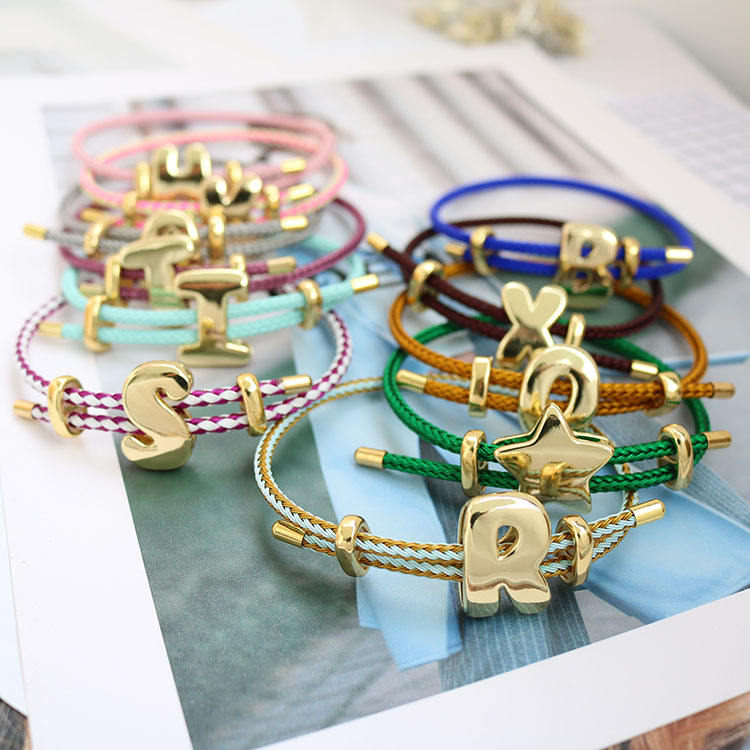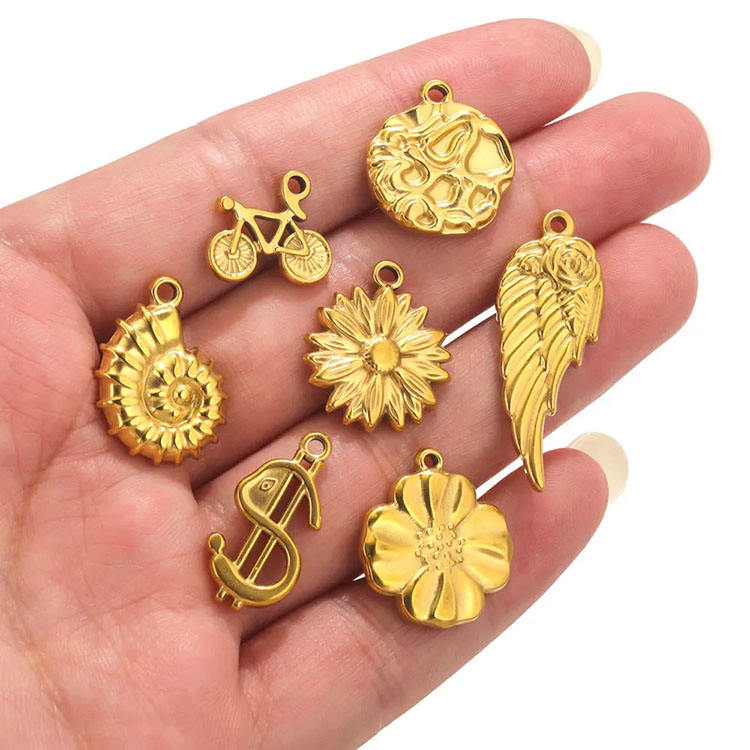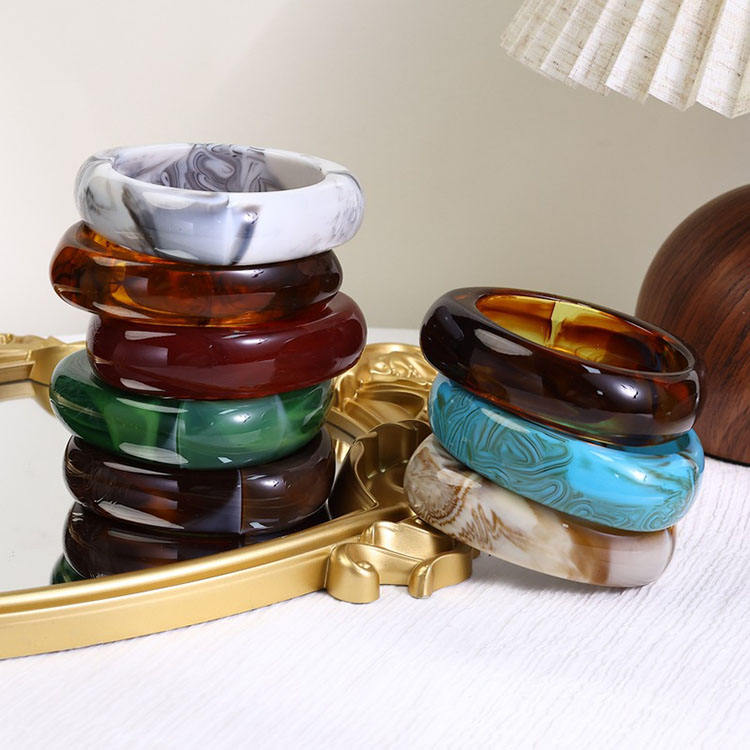The Science and Beauty of Rose Gold: Why It's Pink and How It Ages?
If you've ever wondered about rose gold's distinctive color and its ability to maintain beauty over time, you're not alone. This popular jewelry metal offers a unique combination of aesthetic appeal and practical durability that makes it a favorite among designers and wearers alike.
1. The Art and Science Behind the Pink Hue
Rose gold achieves its characteristic warm tone through precise metallurgical composition. Unlike white or yellow gold variations, rose gold's signature blush color comes from a specific combination of metals:
-
Primary composition: Pure gold (typically 58.3% in 14K versions) provides the foundation
-
Color agent: Copper (making up approximately 31.2% in 14K rose gold) creates the rosy tint
-
Balancing element: Small amounts of silver (about 10.5% in standard 14K alloy) ensure workability
The copper content not only provides the color but also adds strength to the alloy. Different karat versions offer varying color intensities—18K rose gold contains more gold and less copper, yielding a subtler pink tone, while 14K versions offer a more pronounced rosy appearance.
2.Durability and Aging Characteristics
One of rose gold's most valued qualities is its exceptional resistance to tarnishing. The copper content, while responsible for the color, undergoes a different oxidation process than other metals:
-
Protective oxidation:Unlike silver's tarnish, copper develops a stable surface layer that actually protects the underlying metal
-
Minimal maintenance: Requires less frequent cleaning than many other jewelry metals
-
Long-term stability: The alloy composition prevents the typical corrosion that affects some other metals
3. Factors Influencing Appearance Over Time
While rose gold maintains excellent durability, several factors can affect its appearance:
-
Natural patina development: Some pieces may develop a subtle antique appearance over decades
-
Environmental exposure: Chemicals, salt water, and chlorine can affect surface finish
-
Body chemistry: Individual pH levels may cause slight color variations in frequently worn pieces
4.Care and Maintenance Recommendations
To preserve your rose gold jewelry's beauty:
-
Clean periodically with mild soap and warm water using a soft cloth
-
Store separately to prevent scratching from other jewelry
-
Remove during activities involving harsh chemicals or physical impact
-
Have professionally inspected and polished every few years
5.Why Rose Gold Remains a Timeless Choice
Rose gold's combination of durability, low maintenance, and romantic appearance makes it an excellent choice for everyday wear and special occasion jewelry. Its warm tone complements various skin tones and pairs beautifully with other metals. Unlike some jewelry materials that require frequent care, rose gold maintains its appeal with minimal intervention.
The metal's longevity and enduring popularity demonstrate that rose gold is more than a passing trend—it's a sophisticated choice that combines artistic beauty with practical resilience. Whether you prefer the subtle glow of 18K or the stronger rose tone of 14K, this metal offers lasting value and beauty that can be enjoyed for generations.
With proper care, rose gold jewelry develops not tarnish but character—each piece telling the story of its wearer through the gentle evolution of its warm, glowing surface.









